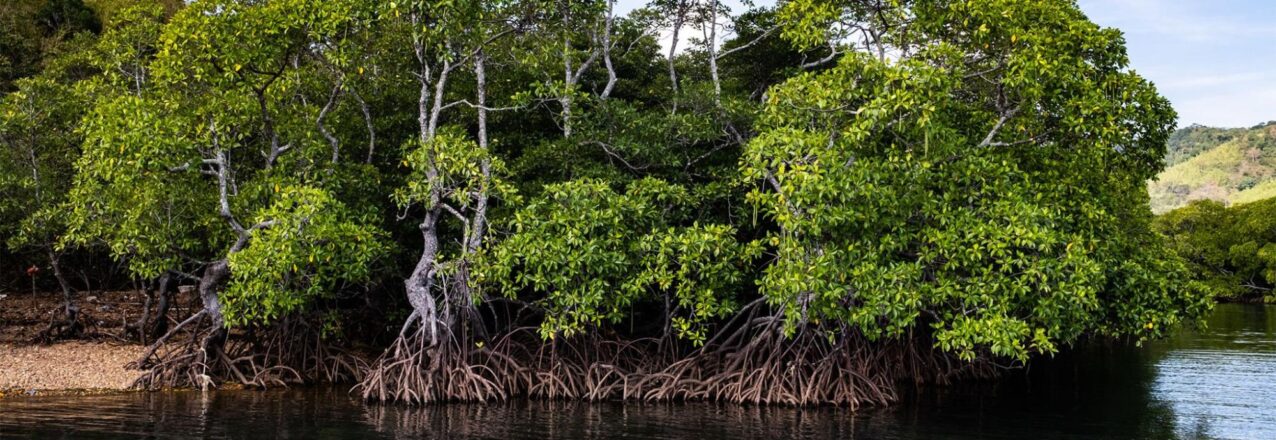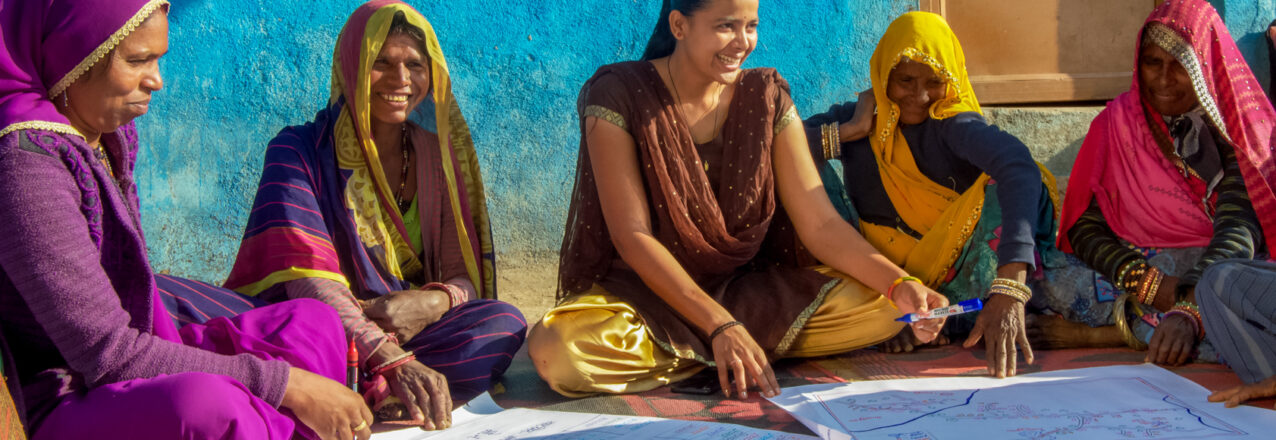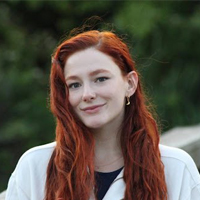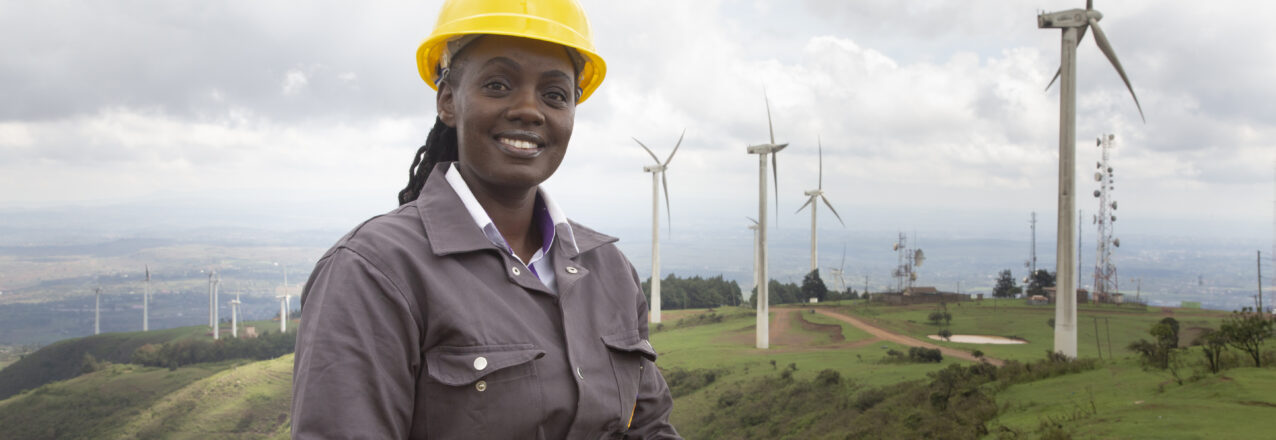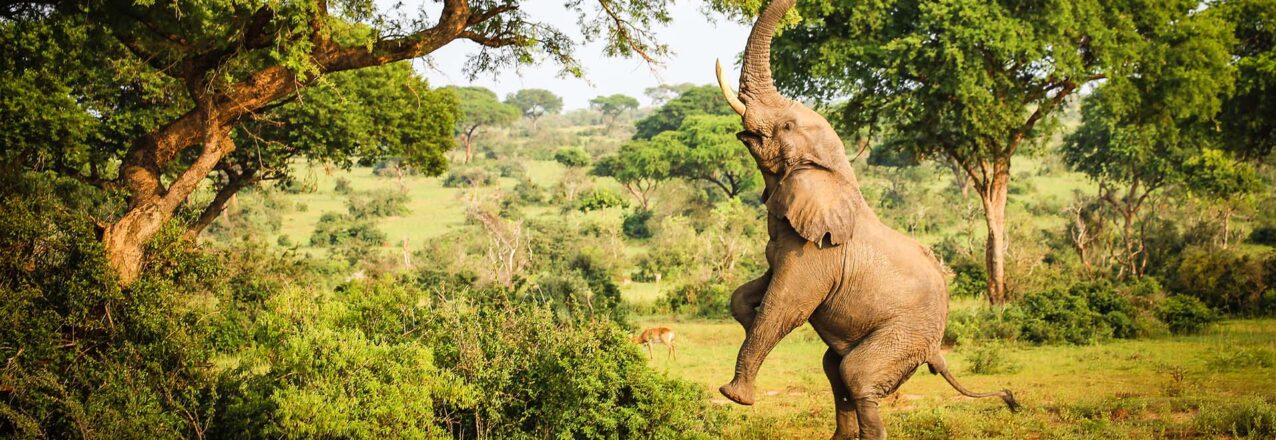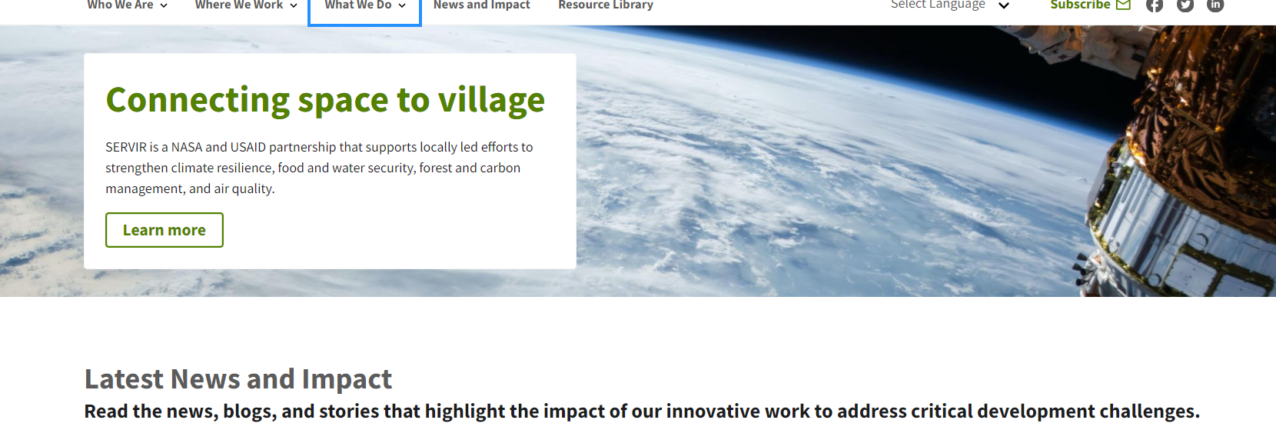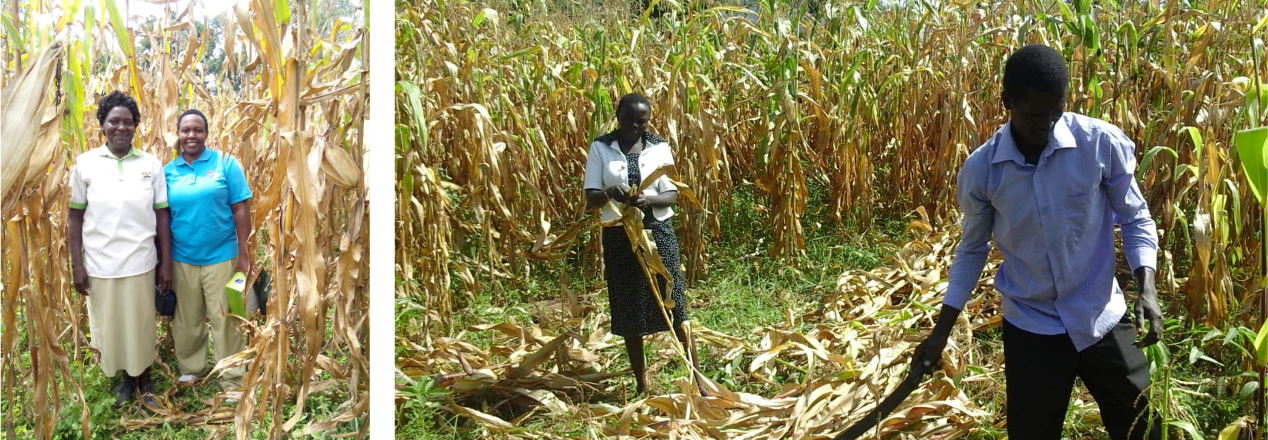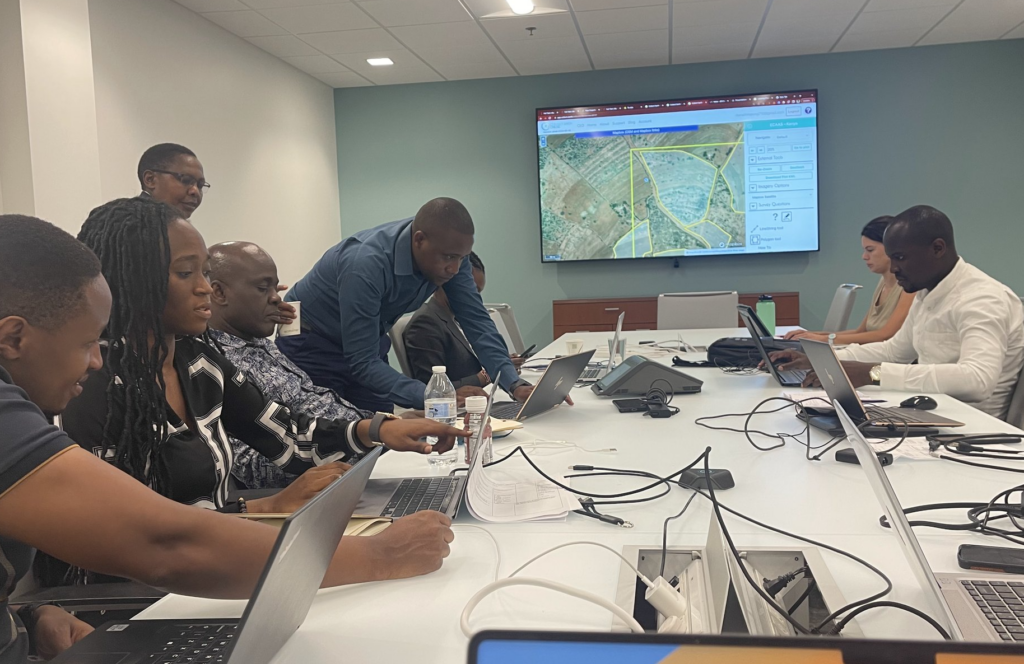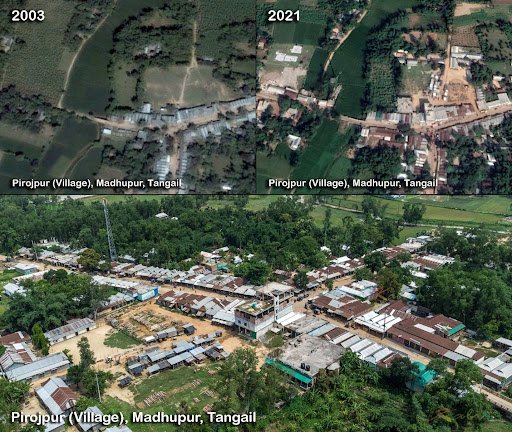After a four-year hiatus, the World Bank resumed its annual Land Conference in Washington, DC. Attendees from around the world convened in mid-May to connect and learn about innovations in the international land sector.
USAID was busy throughout the week: USAID’s Chief Climate Officer Gillian Caldwell spoke on a panel on forest tenure and Indigenous Peoples, while members of the Land and Resource Governance (LRG) Division organized a session on the green energy transition and also took part in conversations on global land policies, women’s land rights, and climate adaptation. The LRG team also held “booth talks” in the Bank’s atrium, chatting with other conference attendees on a number of topics, including participatory land mapping, critical minerals, impact evaluations, and women’s land rights.
Staff from several USAID activities also participated in the conference. The Integrated Natural Resource Management activity presented its recent report, Tanzania Demand for Documentation Study, and the Integrated Land and Resource Governance II activity facilitated three panels focused on 1) cross-ministry coordination for land policy implementation; 2) land administration challenges amid climate change; and 3) innovative approaches to unlock rural and Indigenous women’s land rights.
Post-conference, members of the LRG Division shared some of their key takeaways from the week. Much of the team’s reflections center on climate change or Indigenous Peoples and Local Communities (IPLCs). Both intersectional issues are ongoing priorities that help frame the LRG Division’s research and programming. In fact, land and resource governance is a prominent theme in USAID’s 2022-2030 Climate Strategy, as well as in the Agency’s 2020 Policy on Promoting the Rights of Indigenous Peoples (PRO-IP), Local Capacity Strengthening Policy, and Rule of Law Policy. That’s because investing in land rights is critical for achieving positive development outcomes for IPLCs—including economic growth, empowerment, and biodiversity conservation—and is also necessary for achieving climate mitigation outcomes.
Check out some of the team’s thoughts below!
Karol Boudreaux, Senior Land and Resource Governance Advisor
A helpful takeaway came from David Kaimowitz’s work at the Tenure Facility, where they are supporting communities to rent (i.e., contract out) land mapping equipment to local governments and also to create Memoranda of Understanding (MOUs) with governments to work as land service providers. Control of land and resources is associated with significant political, social, and economic power, and in a number of countries the rights of local communities to their land are impinged by government actors and their economic allies. This is an interesting way to “flip the script” and put local communities and governments in a somewhat different relationship, with altered power dynamics and information sharing.
Ioana Bouvier, Senior Spatial Science and Technology Advisor
Many land-intensive climate action initiatives, including carbon offsetting projects, have yet to recognize the role of land rights and the importance of engaging local communities from initial stages of the project. Land practitioners should be more actively engaged in the climate mitigation sector, including climate finance. Ruth Meinzen-Dick and Steven Lawry led a very compelling session on the concept of community stewardship and the importance of ensuring that local communities actively take part in the decisions about how land is managed in climate action projects.
Janet Nackoney, Land and Resource Governance Officer
There were several thoughtful presentations and discussions around social inclusion and gender, including those focused on gender norms change. Safiatu Alabi from Côte d’Ivoire spoke about the importance of understanding the delicate balance between social norms and cultural values when engaging in norms change programming. She stressed the importance of respecting the underlying socio-cultural values held by local communities when carrying out social norms change activities, so that these values are preserved. Safiatu highlighted how practitioners can work with communities to facilitate uptake of new social norms by building a collective vision that recognizes potential positive outcomes resulting from norms change interventions. Conversations also centered on the importance of engaging men and boys to support and actively promote gender equality and focusing on interventions that increase women’s economic empowerment to ensure that women can access markets, have greater control over resources, and participate in economic decision-making.
Caleb Stevens, Senior Advisor, Governance and Natural Environment
The Smithsonian and Conservation International are conducting cutting-edge research demonstrating that secure property rights for Indigenous Peoples and Local Communities across South America significantly reduces deforestation, and that the bundle of rights that provide “ownership” is particularly important. Those are promising findings, but IPLCs need more support: Despite the proven ability of Indigenous Peoples and Local Communities to conserve biodiversity and reduce deforestation, and despite the fact that Indigenous and locally-owned land is profoundly affected by climate change, their lack of secure and documented land rights globally often leads to their exclusion from natural resource management decision-making processes.
Chloe Cole, Natural Resources Officer
The land community can be louder and do more to define the narrative around the land tenure implications of the green energy transition, which includes the land needed for mining and technology deployment. Joan Carling from Indigenous Peoples Rights International spoke a lot about community co-ownership, equity sharing, and allowing for Indigenous voices. I think there’s a lot of work that the international land sector can do to fill in the details around Indigenous rights. What does that look like in regard to mining, solar energy, and other climate initiatives?



